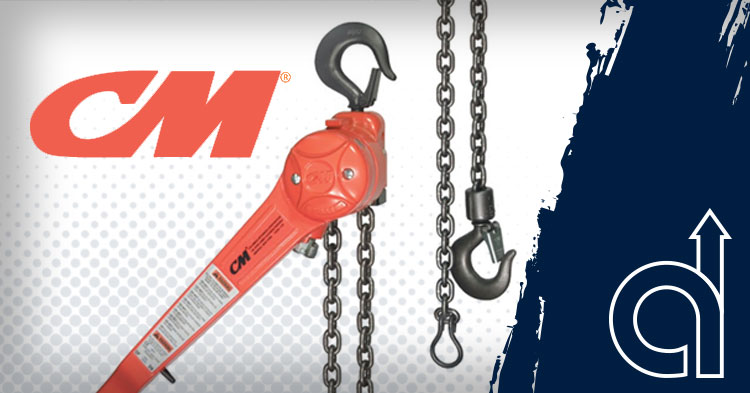
by American Crane | Feb 20, 2025 | Featured Products, Manufacturers, News and Events Post
When it comes to heavy-duty lifting, pulling, and tensioning tasks, professionals across various industries demand tools that deliver unmatched strength, reliability, and versatility. The Columbus McKinnon (CM) 640 Puller checks all these boxes and more. Known for its...
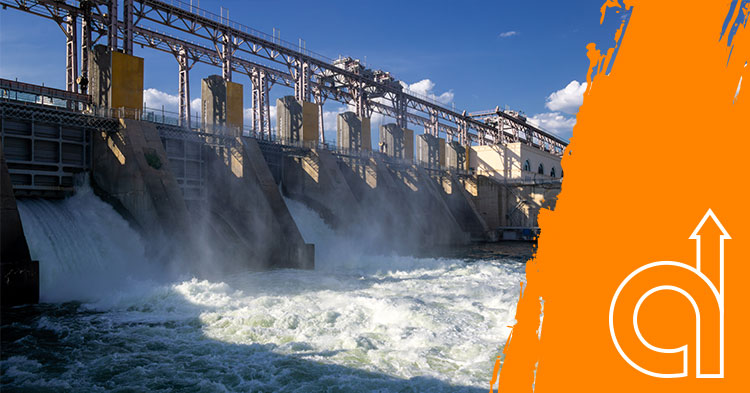
by American Crane | Dec 5, 2024 | News and Events Post
When you think about water from municipal septic systems, rainwater runoff and manufacturing industries you think of water that you don’t want released back into the environment. But once treated at a wastewater treatment plant, which removes or reduces the...

by American Crane | Nov 26, 2024 | Industry News, News and Events Post
The oil, gas, and mining industries are some of the most demanding sectors, requiring specialized equipment built to handle tough environments and rigorous tasks. At American Crane & Equipment Corporation (ACECO), we understand the crucial role that material...
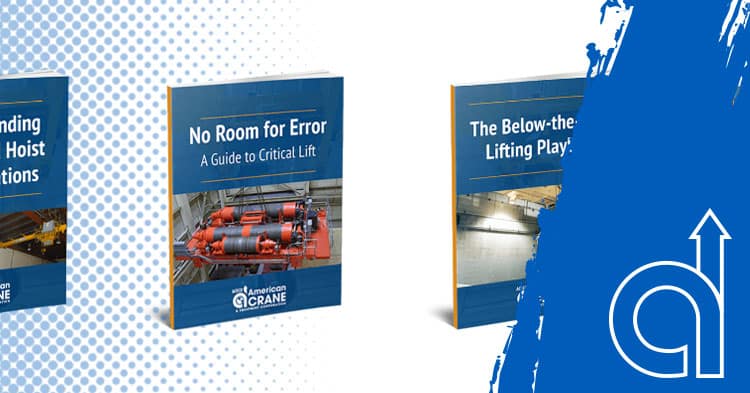
by American Crane | Oct 10, 2024 | Manufacturers, News and Events Post
How to Effectively Use the Resources on American Crane and Equipment Corporation’s Website American Crane and Equipment Corporation (ACECO) offers an extensive range of resources on our website to support your industrial needs. Whether you’re looking for detailed...
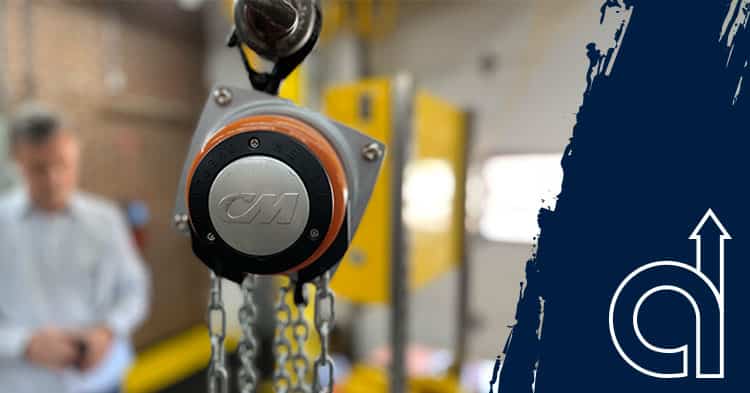
by American Crane | Oct 8, 2024 | News and Events Post, Featured Products
The CM Hurricane 360° Army-Type Integrated Trolley Hoist In industries where precision, reliability, and versatility are non-negotiable, having the right tools can make all the difference. American Crane and Equipment Corporation (ACECO) is proud to offer the CM...
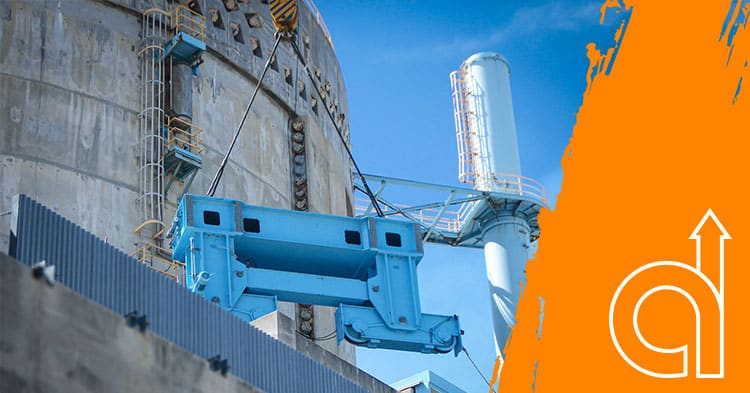
by American Crane | Oct 4, 2024 | News and Events Post, Industry News, Manufacturers, Outage Support for Fossil Power Plants
Ensuring Seamless Operations and Unmatched Reliability When it comes to the critical operations of power plants and industrial facilities, a plant outage—whether scheduled or unexpected—requires precision, expertise, and dependable equipment. The performance of cranes...








